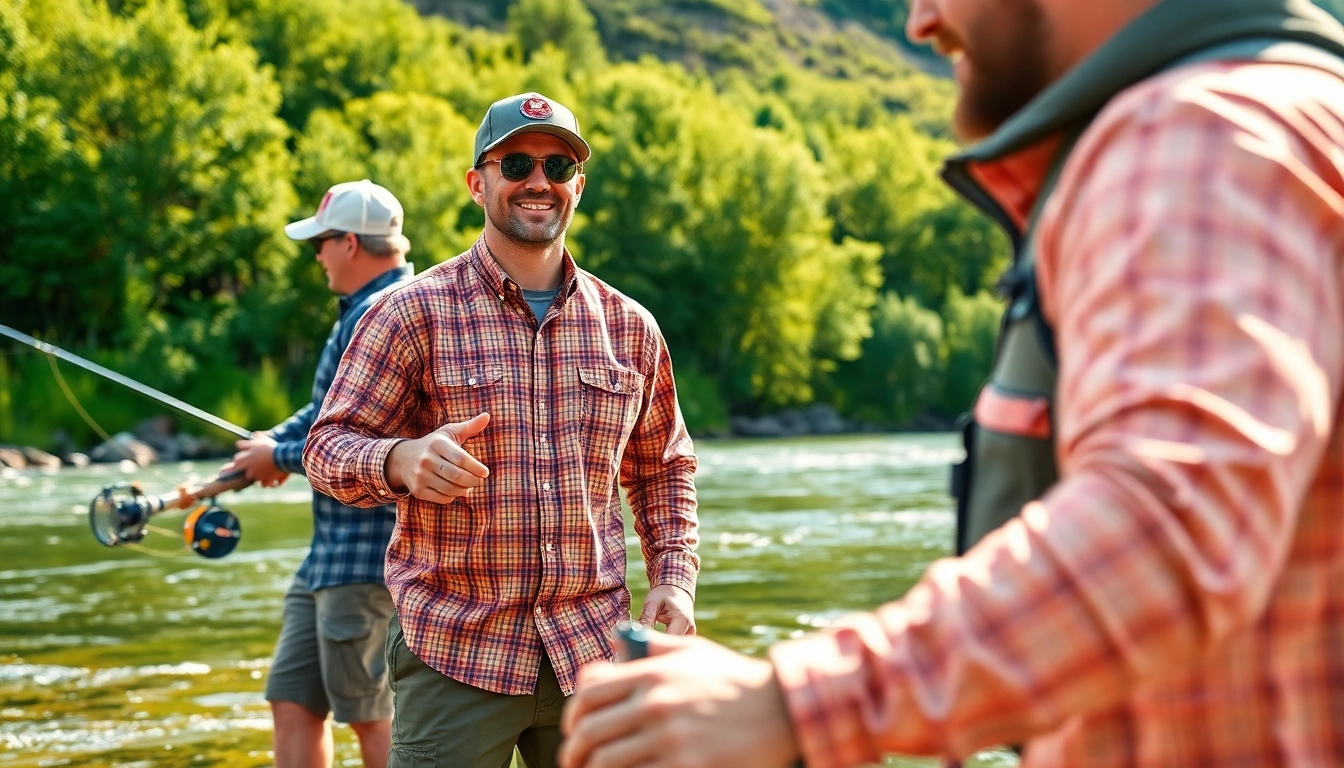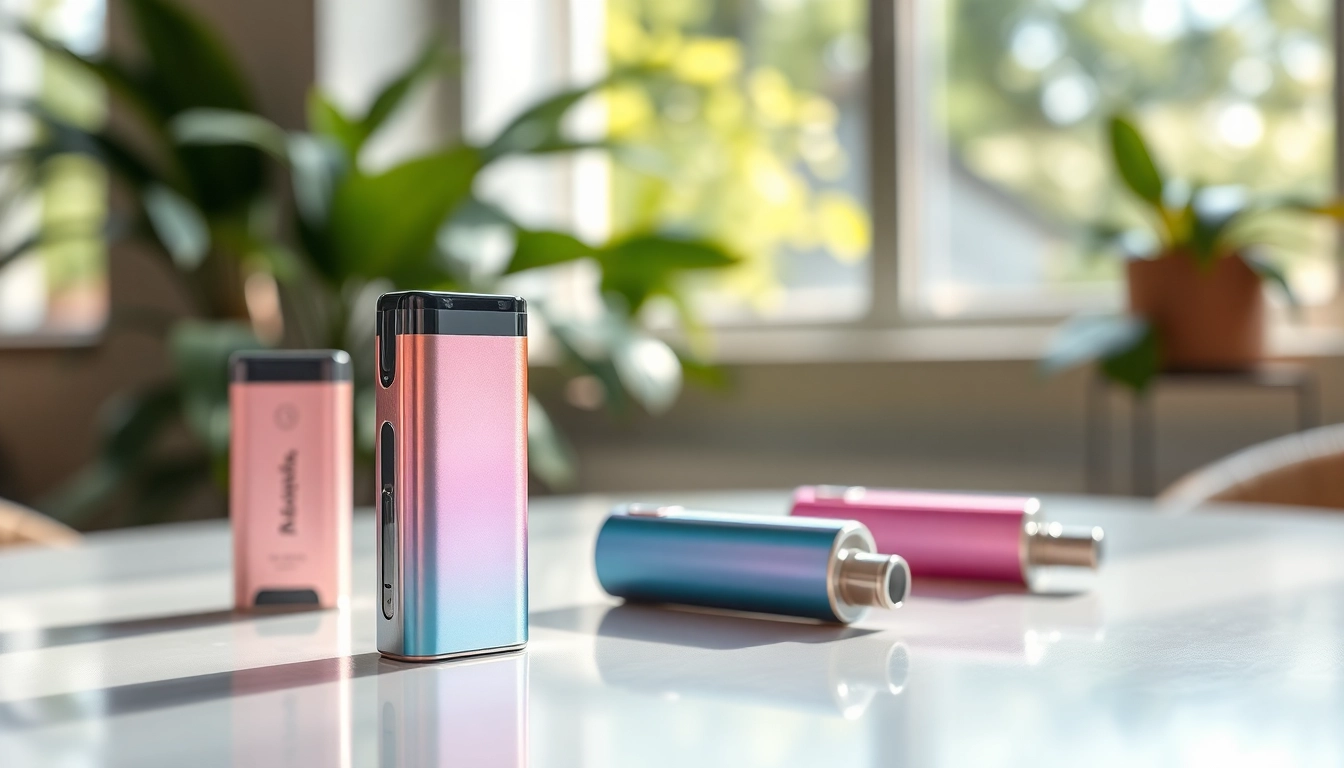Understanding Fly Fishing Apparel
When it comes to enjoying the serene experience of fly fishing, the right fly fishing apparel is crucial. Not only does it enhance comfort and safety, but well-chosen clothing allows anglers to focus entirely on their pursuit of the perfect catch. In this comprehensive guide, we’ll delve into the significance of proper clothing, the ideal materials, the best brands, how to dress for various conditions, and maintenance tips to preserve your gear.
Importance of Proper Clothing for Anglers
Fly fishing often takes place in varied environments, from sunny shores to cold, rushing streams. Understanding the importance of proper clothing is vital. The right gear protects against the elements—UV rays, rain, wind, and cold. Moreover, high-quality apparel can enhance performance by allowing freedom of movement, which is essential for casting and reeling. The combination of comfort and protection contributes to an enjoyable fishing experience, avoiding distractions that could detract from the experience.
Key Features of Quality Fly Fishing Apparel
When selecting fly fishing clothing, several key features should be considered:
- Breathability: Lightweight and breathable fabrics prevent overheating while keeping comfort levels high.
- Moisture-Wicking: Apparel that can wick moisture away from the skin is critical to staying dry during long days on the water.
- UPF Protection: UV-blocking fabrics protect against harmful sun exposure, reducing the risk of skin damage.
- Durability: Fishing often involves rugged environments; thus, clothing should be tear-resistant and maintain shape and effectiveness over time.
- Comfortable Movement: Clothing designed with movement in mind enhances performance, making casting and wading easier.
Types of Clothing Essential for Fly Fishing
To maximize your experience, a well-rounded wardrobe for fly fishing should include:
- Shirts: Long-sleeve, quick-drying shirts with UPF protection are ideal. They shield arms from sun exposure and insects.
- Pants: Lightweight, water-resistant pants facilitate mobility and quickly dry out. Look for options with adjustable waistbands and pockets for efficiency.
- Outerwear: A reliable, waterproof jacket is essential, particularly in unpredictable climates.
- Footwear: Breathable waders or specialized fishing shoes keep feet dry and provide traction on slippery surfaces.
- Headgear: Wide-brim hats not only provide sun protection but also shield eyes from glare off the water.
Choosing the Right Fabrics for Fly Fishing Apparel
Breathable and Moisture-Wicking Materials
Breathable fabrics allow adequate air circulation while moisture-wicking materials draw perspiration away from your body, keeping you comfortable throughout your fishing endeavors. Materials such as synthetic blends or technical fabrics (e.g., Coolmax, Polartec) offer excellent moisture management and ventilation. Recent advancements in technology have led to the development of fabrics that dry quickly, promote breathability, and resist odors, each vital for long days on the water.
Sun Protection and UV-Blocking Fabrics
Effective sun protection is pivotal when fly fishing, as prolonged exposure can lead to sunburn and increase the likelihood of skin cancer. Fabrics rated with a UPF (Ultraviolet Protection Factor) are critical; for example, a shirt with a UPF of 50 blocks about 98% of harmful UV rays. Manufacturers are increasingly incorporating UV-blocking technology to enhance their apparel’s protective features.
Durability Factors in Fishing Clothing
Durability is key in the rugged world of fly fishing. Durable fabrics resist snagging, tearing, and wear from repeated exposure to water and rocky surfaces. Look for reinforced seams and a design that accommodates movement while maintaining the fabric’s integrity. Brands renowned for their durability often use nylon or polyester blends, balancing comfort and longevity.
Popular Fly Fishing Apparel Brands
Industry Leaders: Choosing Based on Performance
Several brands have established themselves as leaders in the fly fishing apparel market, committed to quality and performance.
- Patagonia: Known for environmentally conscious practices, Patagonia offers a variety of fly fishing gear that combines durability and comfort. Their clothing includes specialized waders and jackets designed for varying conditions.
- Simms: Simms specializes in high-performance fishing apparel, providing extensive product ranges including shirts, pants, and outerwear that are engineered to offer comfort and protection in tough conditions.
- Orvis: A long-standing name in fly fishing, Orvis produces a wide selection of clothing. Their focus on both practicality and style makes them popular among anglers.
Reviews of Emerging Brands in Fly Fishing Apparel
In addition to the giants of the industry, several emerging brands are making a name through innovation and specialized offerings. For instance:
- Free Fly: This brand focuses on creating comfortable, versatile apparel that is suitable for various outdoor activities, including fly fishing. Their bamboo-based fabric is breathable and sustainable.
- Skwala: Known for their technical shirts, Skwala’s designs prioritize both performance and sun protection without sacrificing style.
Comparing Price Points and Quality
Understanding price versus value in fly fishing apparel is essential. While luxury brands offer high-quality materials and engineering, budget options can also provide decent protection and comfort. It’s important to consider how often you’ll fish and the conditions you typically encounter, allowing you to invest wisely and prioritize essential features while remaining within budget.
Fly Fishing Apparel for Different Conditions
Catering to Various Weather Conditions
The weather can dramatically influence your fly fishing experience. Dressing appropriately is crucial for safety and comfort:
- Hot Weather: Lightweight, breathable fabrics are essential. Look for moisture-wicking shirts, shorts, and wide-brimmed hats.
- Cold Weather: Layering is vital. Start with moisture-wicking base layers, add insulating fabrics, and finish with a waterproof outer layer.
- Rain: Invest in high-quality waterproof jackets and pants while ensuring footwear is also waterproof to keep you dry.
Layering Clothes for Optimal Comfort
Effective layering improves comfort by providing insulation, moisture management, and protection from the elements. A typical layering system includes:
- Base Layer: Made from materials that wick moisture away from the skin.
- Insulating Layer: Non-bulky materials that trap heat, like fleece or down.
- Outer Layer: A waterproof and windproof shell that defends against environmental elements.
Specialized Apparel for Saltwater vs. Freshwater Fishing
Different fishing environments require specific gear. For example:
- Saltwater Fishing: Choose corrosion-resistant clothing and accessories, as saltwater can quickly degrade regular materials.
- Freshwater Fishing: While traditional materials work well, consider garments designed for more rugged terrain with elements like camouflage or earthy tones.
Maintenance and Care for Fly Fishing Apparel
Washing and Drying Techniques
Proper care significantly extends the lifespan of your fly fishing apparel. Always follow the manufacturer’s washing instructions, typically recommending cold water and mild detergents. Avoid fabric softeners, which can compromise moisture-wicking properties. When drying, air drying is preferred. High heat from dryers can damage some technical fabrics.
Storing Your Fishing Gear Properly
After washing, properly storing your fly fishing gear is essential in maintaining quality. Store clothing in a cool, dry place away from direct sunlight, and avoid folding items, which can create creases that weaken fibers. Utilize garment bags for items like jackets or waders that may need extra care.
When to Replace Your Fishing Apparel
Understanding the signs of wear and tear is critical in assessing whether it’s time to replace your apparel. Look for:
- Fading colors, which often indicate reduced UV protection.
- Loss of elasticity in fabrics, leading to potential risks during use.
- Visible signs of wear like holes, unless perishable fabrics are repaired.
By maintaining awareness of your gear’s condition, you can ensure that you’re always equipped with the best fly fishing apparel possible for your next outing.



